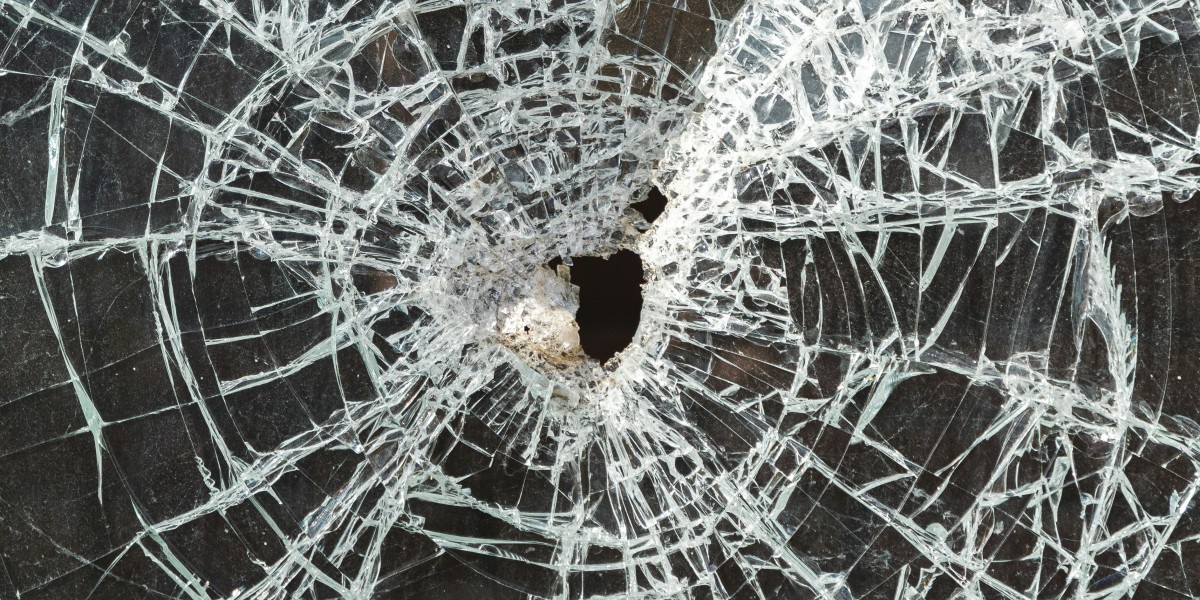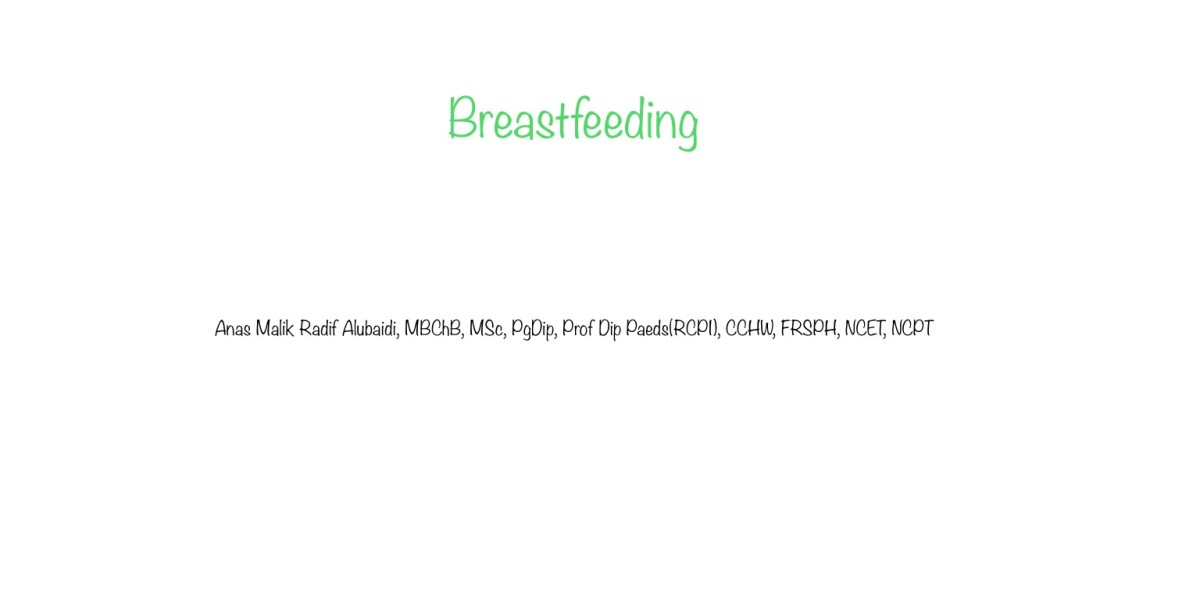Understanding Glass: Glass is a unique material with an amorphous structure, meaning it lacks the regular crystalline structure of most solids. It's primarily composed of silica (sand), along with various additives to modify its properties. Despite its brittle nature, glass can be surprisingly resilient under certain conditions.
The Physics of Breaking Glass: Breaking glass involves overcoming its strength, which is determined by factors like thickness, composition, and internal stresses. When force is applied to a glass object, such as tapping it with a finger or striking it with an object, stress is created within the glass. If this stress exceeds the glass's strength, it will fracture.
Types of Glass Breakage: There are different types of glass breakage, each with its own characteristics:
Controlled Breakage: This is often seen in movies or theatrical performances where specially designed breakaway glass is used. It's engineered to shatter easily and safely, providing the dramatic effect without posing a danger to actors.
Spontaneous Breakage: Sometimes, glass can break without apparent cause. This phenomenon, known as spontaneous breakage, typically occurs due to imperfections in the glass, such as nickel sulfide inclusions or internal stresses from manufacturing processes.
Impact Breakage: When glass is struck by an object with sufficient force, it undergoes impact breakage. The force of the impact overcomes the glass's strength, causing it to fracture. This type of breakage is common in accidents involving glass objects.
Techniques for Breaking Glass: Breaking glass intentionally requires skill and precision. Here are some common techniques:
Tapping: Applying a small amount of force to a specific point on the glass can create stress concentrations, causing it to fracture. This technique is often used in rituals or ceremonies, such as tapping a wine glass to make a toast.
Controlled Strikes: By using a tool like a hammer or mallet, one can deliver a controlled strike to the glass, focusing the force on a targeted area. This technique is commonly used in glass cutting or sculpting.
Thermal Shock: Subjecting glass to rapid temperature changes can induce thermal stress, leading to breakage. For example, pouring hot water on a frozen car windshield can cause it to crack. This technique requires caution, as it can be unpredictable and may result in injury.
Safety Considerations: Breaking glass can be hazardous, especially when done improperly or without proper protective gear. Always take precautions to minimize the risk of injury, such as wearing safety goggles and gloves. Additionally, be mindful of surrounding objects and people to prevent accidents.
Conclusion: Breaking glass is not just about applying brute force; it's about understanding the material's properties and leveraging physics to achieve the desired result. Whether it's for artistic expression, practical purposes, or simple experimentation, mastering the art of breaking glass requires both knowledge and skill. By exploring the science behind it, we gain a deeper appreciation for this seemingly mundane yet fascinating aspect of everyday life.




Marcelo Orlando 39 w
Gostei de mais ,coloca outros